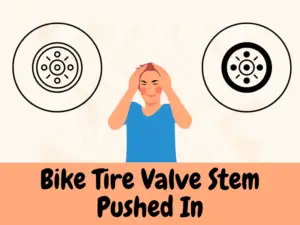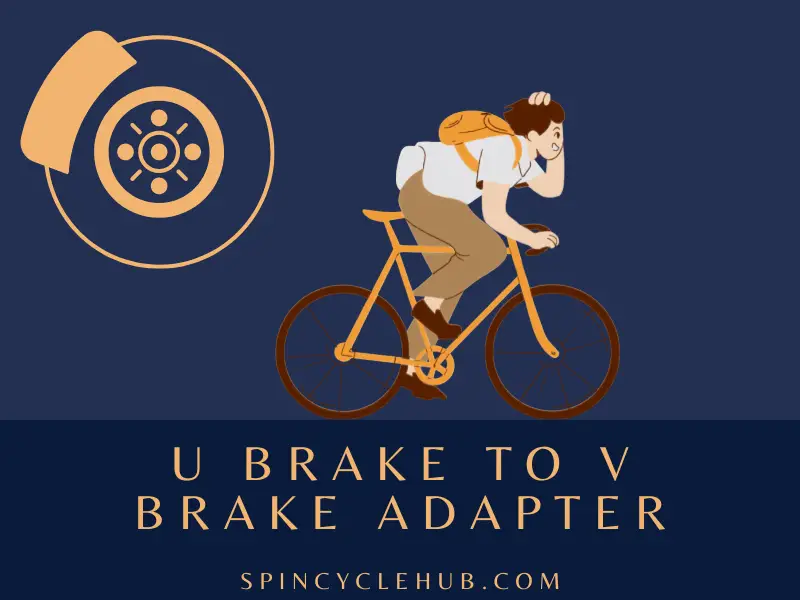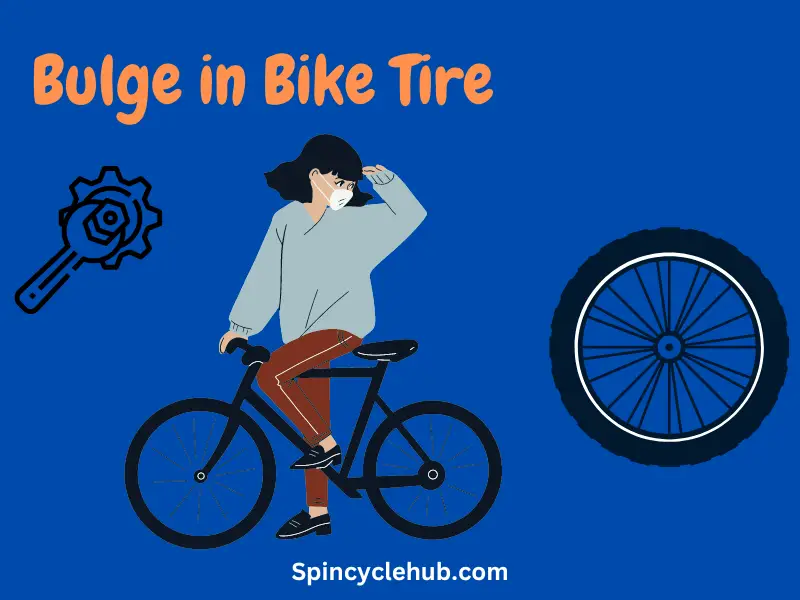Introduction
Hey there, fellow cyclists! Have you ever experienced the frustrating moment when your bike tire valve stem gets pushed in? It’s one of those unexpected situations that can leave you scratching your head and wondering what to do next. Well, worry no more! In this article, we’ll dive into the issue of a pushed-in bike tire valve stem, explore the possible causes, and provide you with practical solutions to get you back on the road in no time. So, let’s roll!
What Causes a Bike Tire Valve Stem to Get Pushed In?
Road Hazards and Obstacles
Picture this: you’re cruising along on your bike, enjoying the ride, when suddenly you hit a pothole or a sharp object on the road. The impact can be strong enough to push in the valve stem of your tire. It’s like a surprise attack from the road itself!
Overinflating the Tire
If you have a habit of pumping up your bike tires to the max, be careful! Overinflating the tire can create excessive pressure, leading to the valve stem getting pushed in. It’s essential to check the recommended tire pressure and stick to it to avoid this issue.
Using the Wrong Valve Extender
Valve extenders are handy tools that allow you to inflate your bike tires when the valve stem is not easily accessible. However, using the wrong type or size of valve extender can put unnecessary pressure on the valve stem, causing it to get pushed in. Make sure you use the appropriate valve extender for your valve stem.
Damaged or Worn Valve Core
The valve core is a small but crucial component of the valve stem. If it gets damaged or worn out, it can result in a pushed-in valve stem. Regular maintenance and inspection of the valve core can help prevent this problem.
How to Fix a Pushed-In Bike Tire Valve Stem?
Assess the Damage
When you notice a pushed-in valve stem, the first step is to assess the extent of the damage. Is the valve stem completely pushed inside the tire, or is it partially visible? Understanding the situation will guide you in determining the best course of action.
Gently Pull the Valve Stem Out
If the valve stem is only partially pushed in, you may be able to gently pull it back out using your fingers or a pair of pliers. Be careful not to apply excessive force, as it can cause further damage. Take it easy and see if you can restore the valve stem to its original position.
Remove the Tire for a Better Fix
If the valve stem is fully pushed inside the tire, it’s time to remove the tire for a more thorough fix. This requires some basic bike maintenance tools like tire levers and a wrench. Carefully remove the tire, keeping track of the order of the tire components.
Replace the Valve Stem
Once the tire is off, you can examine the valve stem more closely. If it’s damaged or bent, it’s best to replace it with a new one. Most bike shops sell replacement valve stems that are compatible with different types of tires. Install the new valve stem following the manufacturer’s instructions.
Reinstall the Tire
With the new valve stem in place, it’s time to reinstall the tire. Take care to align the tire properly with the rim, and use tire levers to gently push the tire back onto the rim. Avoid using excessive force, as it can pinch the tube or damage the valve stem.
Inflate and Test
After reinstalling the tire,
it’s time to inflate it to the recommended pressure. Use a reliable bike pump or inflator and ensure the valve stem is secure and not pushed in. Once the tire is properly inflated, give it a quick spin to check for any abnormalities or leaks.
Prevention Is Key!
Maintain Optimal Tire Pressure
To avoid a pushed-in valve stem, make it a habit to check and maintain the optimal tire pressure recommended for your bike. Underinflation or overinflation can lead to various problems, including valve stem issues.
Be Mindful of Road Hazards
While it’s impossible to control every bump and pothole on the road, being mindful of road hazards can help you avoid potential valve stem damage. Keep an eye out for obstacles and adjust your riding accordingly to minimize the impact on your tires.
Choose the Right Valve Extender
If you rely on valve extenders for tire inflation, ensure you’re using the appropriate one for your valve stem. Using the wrong extender can cause unnecessary stress on the valve stem, leading to problems down the road.
Regularly Inspect and Maintain Your Bike
Performing routine inspections and maintenance on your bike can help catch any issues before they become major problems. Take the time to check the valve stems, valve cores, and other tire components for any signs of wear or damage.

Conclusion
Dealing with a pushed-in bike tire valve stem can be a real pain, but armed with the right knowledge and tools, you can tackle this issue like a pro. Remember to assess the damage, pull gently if possible, or remove the tire for a thorough fix if needed. Prevention is key, so make sure to maintain optimal tire pressure, be cautious of road hazards, and choose the right valve extender. By taking these steps, you’ll keep your bike tires in top shape and enjoy smooth rides for miles to come!
FAQs (Frequently Asked Questions)
Q1: Can I fix a pushed-in valve stem without removing the tire?
A1: If the valve stem is only partially pushed in, you may be able to gently pull it back out without removing the tire. However, if it’s fully pushed inside, removing the tire is necessary for a proper fix.
Q2: How can I prevent valve stem damage while riding?
A2: Being mindful of road hazards, maintaining optimal tire pressure, and regularly inspecting your bike for any signs of wear or damage can help prevent valve stem issues while riding.
Q3: Can I use any valve extender for my bike tires?
A3: No, it’s important to use the appropriate valve extender for your valve stem. Using the wrong extender can put unnecessary pressure on the valve stem, leading to problems.
Q4: How often should I check my tire pressure?
A4: It’s a good practice to check your tire pressure before each ride or at least once a week. Proper tire pressure ensures optimal performance and helps prevent valve stem issues.
Q5: Can I repair a damaged valve stem, or do I need to replace it?
A5: If the valve stem is damaged or bent, it’s best to replace it with a new one. Most bike shops offer replacement valve stems that are compatible with different types of tires.
Watch this one,
Video Credits – powellsj1
DOWNLOAD THIS ARTICLE :Bike Tire Valve Stem Pushed In
You May Also Like
-
Troubleshooting Guide: Why Isn’t Your Front Wheel Spinning Freely?
-
Bianchi Sport SX Road Bike: The Perfect Companion for Adventurous Riders
-
Ross Mt. St. Helens Bicycle: Conquering the Trails with Style



